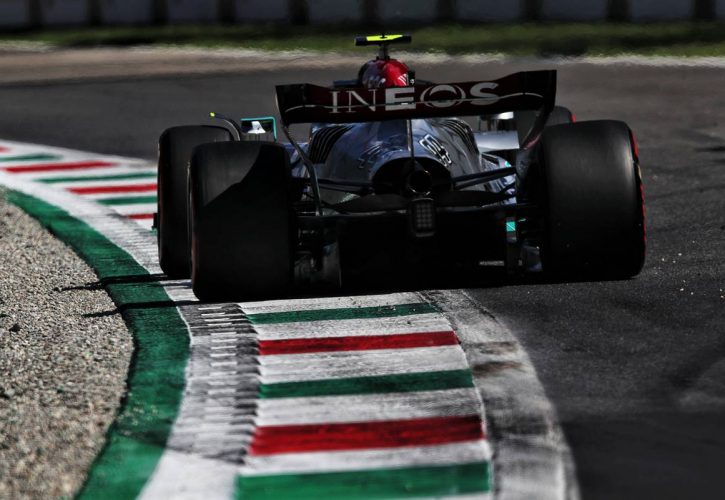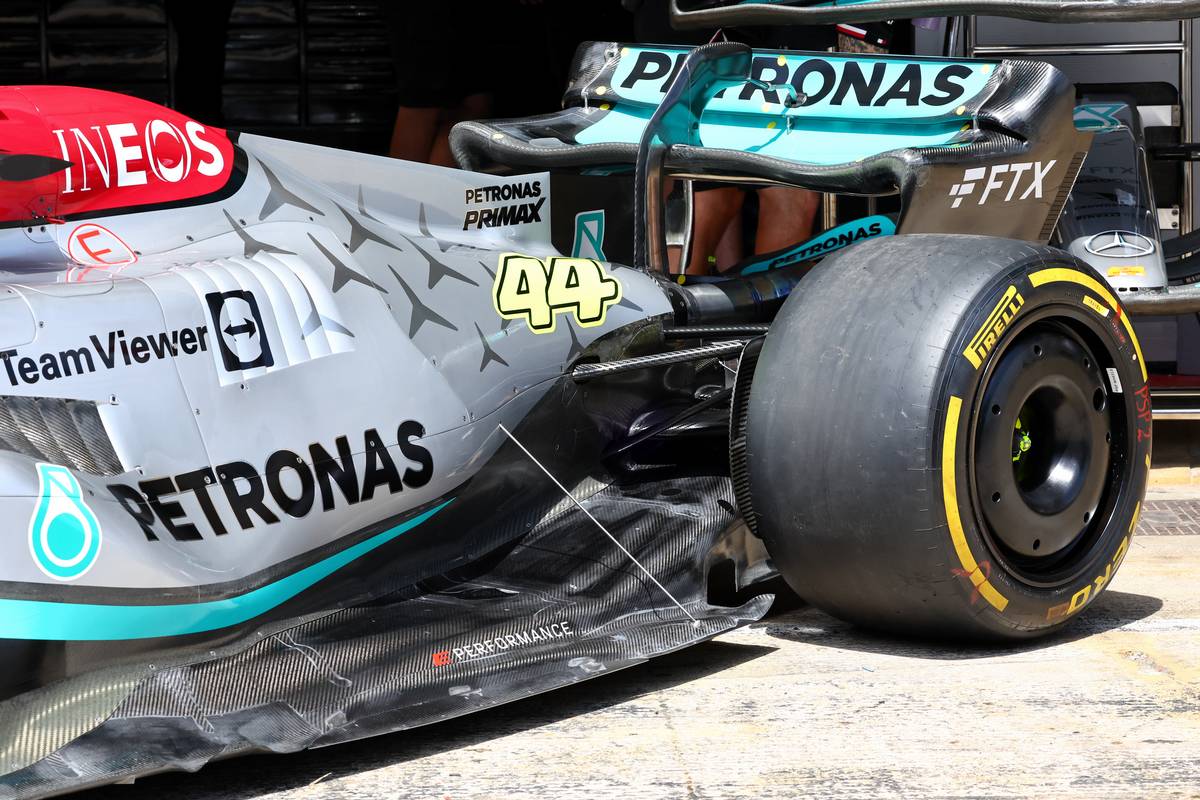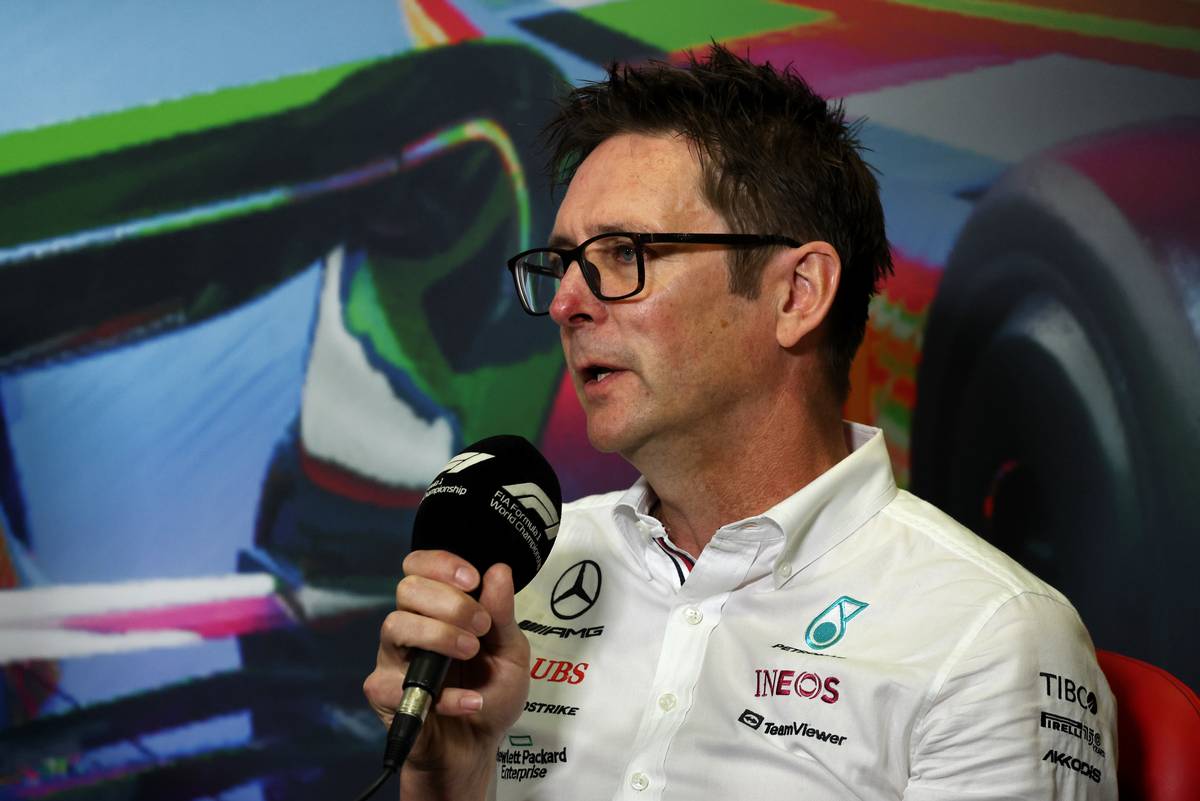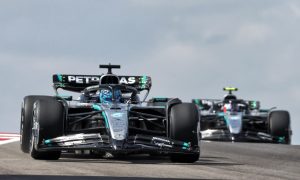
Mercedes says its efforts to solve the chronic porpoising issue that impacted its 2022 car forced the team to upgrade its design tools at Brackley.
Mercedes worked tirelessly through the first half of the season to try and understand and then solve the high-frequency vertical movement at high speed of its W13 silver arrow.
The complex issue generated by the car's design and its ground-effects weighed heavily on the team's results at the outset of its 2022 campaign.
But early on, in its efforts to engineer the porpoising conundrum out of its car, Mercedes realized that it needed to improve its design tools at its factory – mainly its CFD systems – to better model and understand the problem.

"The way that we're working, the way that we're assessing developments on the car – that is what we've been investing in," explained Andrew Shovlin, Mercedes' director of trackside engineering Shovlin, speaking to Motorsport.com at the end of last season.
"And that investment has meant that the car that we [were] racing on track is perhaps not as quick as it would've been if we'd gone flat out with our development heads on.
"But it was very much a case of trying to crack the code of what was happening with these cars aerodynamically.
"And, once we could understand that, development-wise it is a bit like 'the lights have suddenly come on again and we can see where we're going and we know what we want chase for future performance'."
Mercedes spared no effort to try an iron out the porpoising issue embedded in its W13.
And the team eventually succeeded in significantly mitigating the issue thanks to a painful trial and error approach out on the track and to the upgrade of its design tools back at its factory in Brackley.
"The issue wasn't so much our wind tunnel but there was a mechanism at play that we hadn't captured in any of our modelling or any of our work and that was the porpoising mechanism," Shovlin explained.
"So, there were two things you had to do. One is that you've got to engineer it out of the car, which was, at the time [during the opening races of the 2022 season], fairly painful from a point of view of the distraction, the finite resource that we've got in a cost cap in the aero department that had to funnel into understanding the problem.

Andrew Shovlin - Mercedes AMG F1 Trackside Engineering Director
"[That was] some very fundamental and relatively basic work, just trying to work out work actually was going on.
"And then, subsequently [work out]: how do you develop the tools that you need to be able to get back to where we were?'
"Where we could just commit to making a set of parts, bring them to the car and have confidence that they work."
Mercedes initially believed that it had gained a grip on its problems when it introduced floor and front wing updates at the Spanish Grand Prix in Barcelona.
But the changes opened the door to an unsuspected issue linked to the stiffness of Mercedes' W13.
Eventually however, solid progress ensued over the summer, allowing George Russell to take a commanding win in Brazil and save his team from a humiliating winless campaign.
Keep up to date with all the F1 news via Facebook and Twitter






